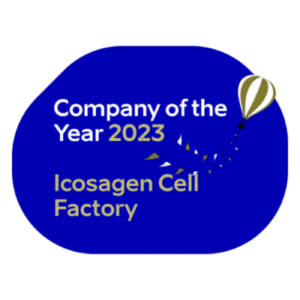Search from website
Search from website
Home CRDMO Services Protein analytics
Icosagen has a dedicated department for protein analytics to ensure meticulous product characterization for optimal quality of both antibodies and recombinant proteins.
For customized solutions we have a comprehensive list of analytical options available to cover all the needs for proteomic characterization.
Involves standard methods to analyze molecular weight, check molecule expression and secretion during production as well as confirm that produced antibodies are functional and bind to the target antigen.
Analytics play a key role in protein production in order to get functional proteins with high purity. Most commonly used methods are:Coomassie stained SDS-PAGE and LabChip capillary electrophoresis — a standard test to analyze:
Western Blot is used to detect proteins from different samples.
ELISA test:
Analytical Size-Exclusion Chromatography (analytical HPLC-SEC):
Analytical Ion-Exchange chromatography (analytical HPLC-IEX):
LAL-test (Charles River Endosafe® nexgen-PTS™):
cGE by LabChip GXII Protein Characterization System (PerkinElmer) — provides the complete solution for product quantitation and molecular weight sizing or impurity and homogeneity analysis.
For customized solutions we have a comprehensive list of analytical options for glycosylation pattern analysis, stability studies in different stress conditions as well as formulation studies.
All-in-one protein stability analysis with the Uncle platform (Unchained Labs) — a stability platform that uses scanning fluorimetry (nanoDSF), static light scattering (SLS) and dynamic light scattering (DLS) detection methods to characterize protein stability. Allows to:
Biolayer interferometry (BLI) binding analysis — binding and affinity analysis with Octet platform (Sartorius):
Lunatic (Unchained Labs) – high-throughput concentration measurements with UV absorbance.



